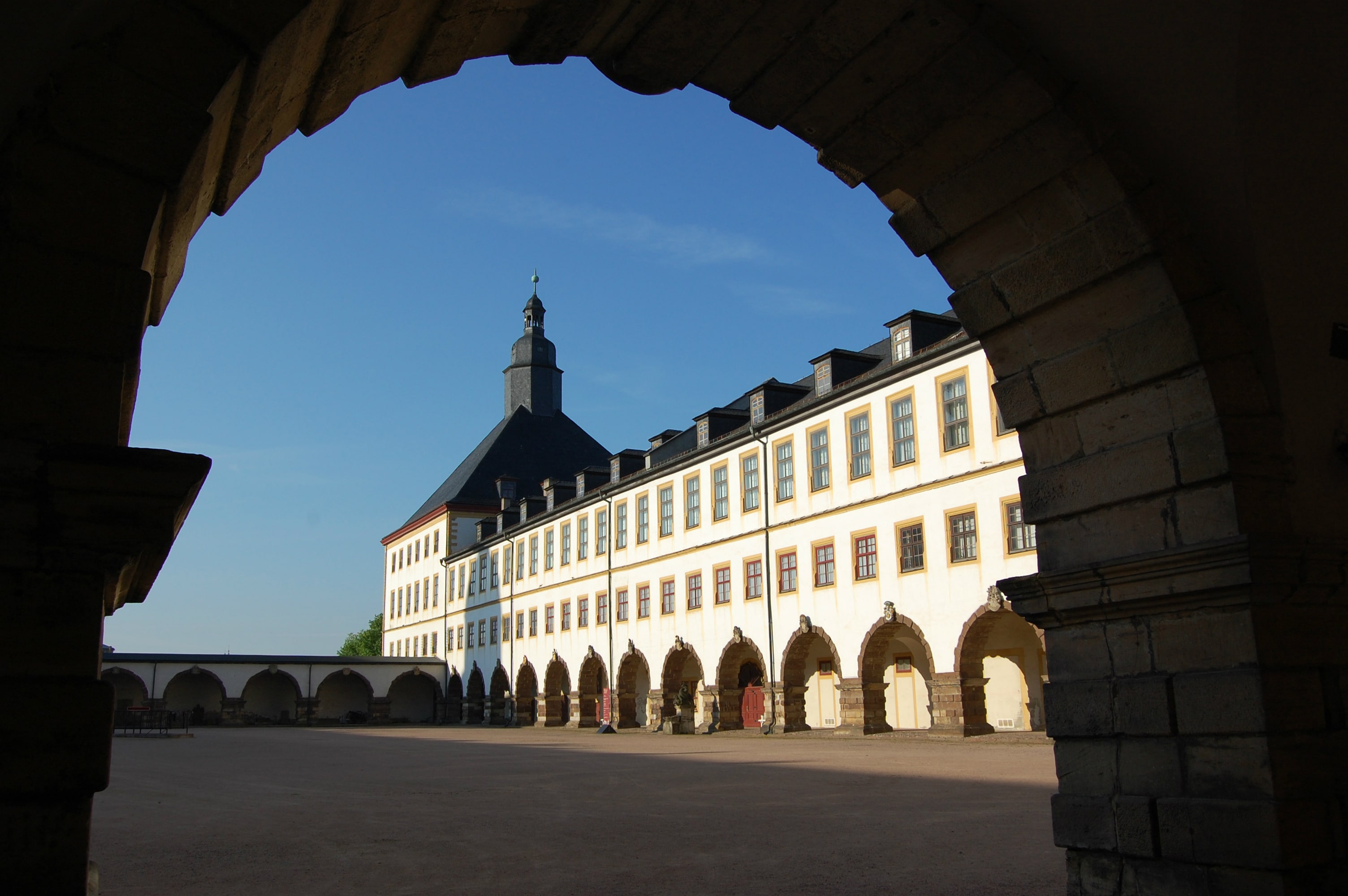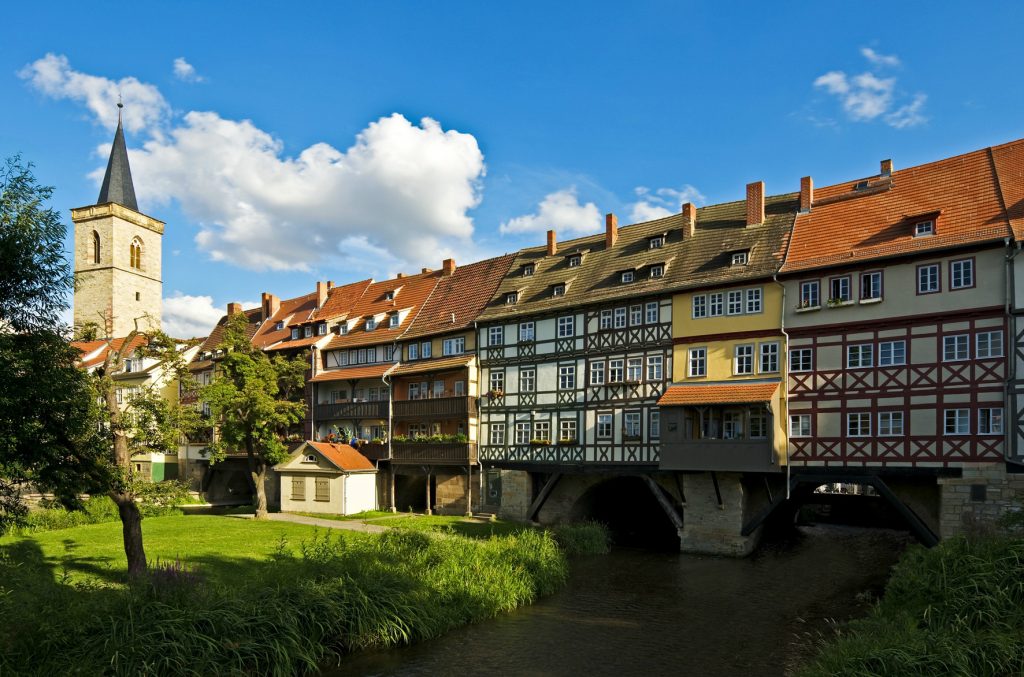
Like to be at the center of things? Then travel to Thuringia. Located in the middle of Germany, the federal state of Thuringia is an attractive tourist destination with much to offer travelers of all ages. Although Thuringia is still better known to European tourists than to Americans, that’s about to change
In 2017 Thuringia will be hosting a number of events to celebrate the 500th anniversary of Martin Luther’s public challenge to the Catholic Church, an action that precipitated the Protestant Reformation. And travelers from around the world will be converging on Thuringia for that special “Reformation Year.” But Luther isn’t the only famous name associated with this region. Johann Sebastian Bach was born in Eisenach, Thuringia in 1685. In the 19th century, Johann Wolfgang von Goethe and Friedrich Schiller wrote many classics of German literature there. And in the early 20th century, Thuringia was the birthplace of the Bauhaus modern architecture and design movement.
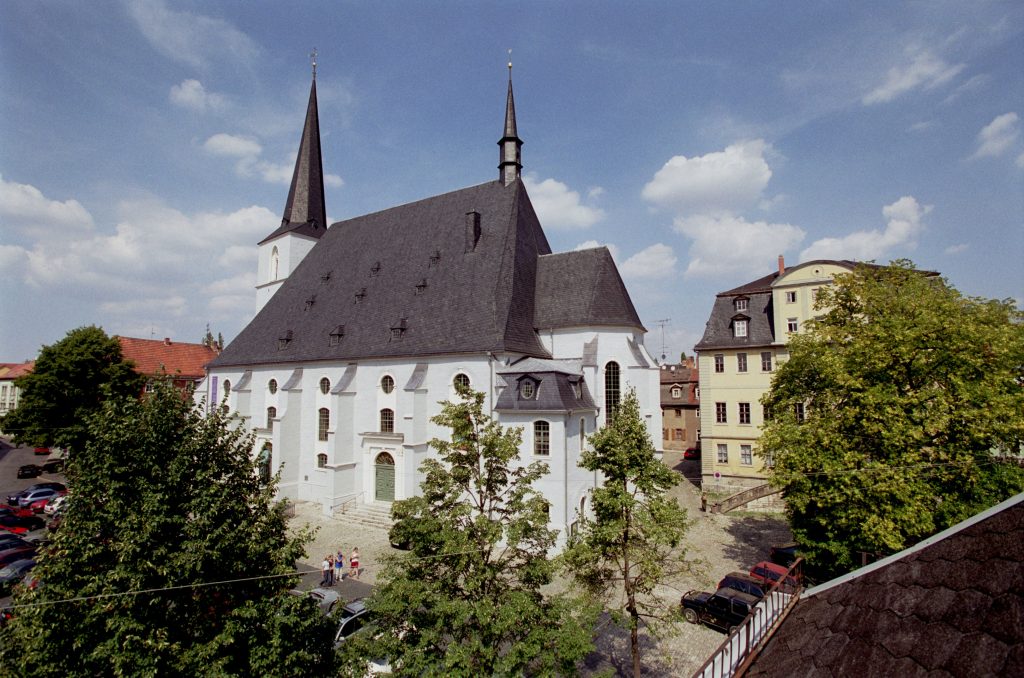
However, from 1949 until German reunification in 1990, Thuringia was a part of the German Democratic Republic (East Germany), cut off from the West behind a barbed-wire border and not easy for Westerners to visit. When I first went there in October 1990, only a few days after East and West Germany became one country again, Thuringia still showed the scars of four decades of socialist rule. As a part of unified Germany, Thuringia has recovered economically. Today’s Thuringia is proud of its restored historic cities and churches, refurbished castles and museums, upgraded road system, and many sites developed to attract tourists year round.
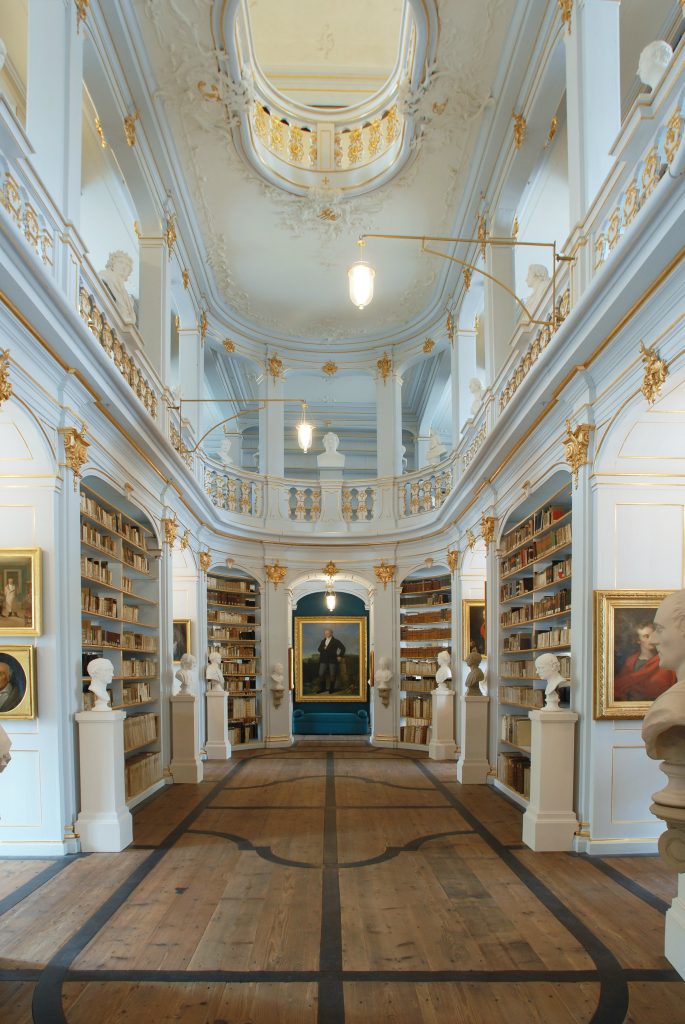
Erfurt, the capital and Thuringia’s largest city, is a popular tourist hub and a good place to start your visit to this region. Notable for its historic churches and one of Europe’s largest, medieval city centers placed completely under preservation order, Erfurt also boasts the longest medieval bridge in Europe lined with houses that are still inhabited. And Erfurt’s 12th-century synagogue is the oldest surviving synagogue in Europe.
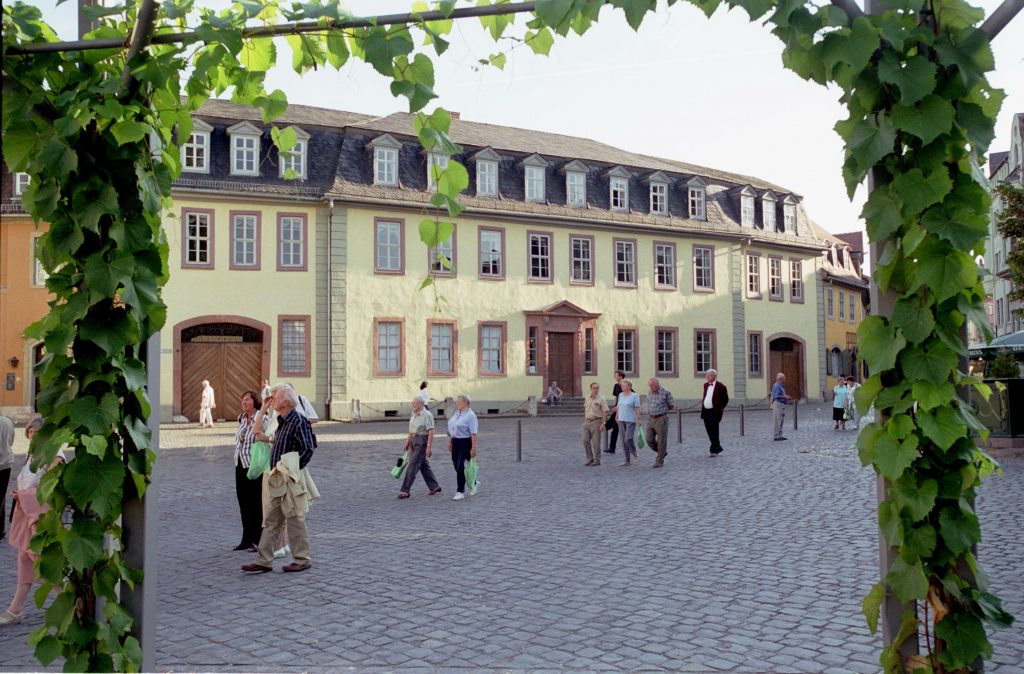
Several other Thuringian towns are well worth seeing, too. Lovers of literature, music, and the arts flock to Weimar, to walk in the footsteps of Goethe, Schiller, the composer Franz Liszt, and many famous modern artists of the 20th century. Others go to Thuringia for the sites associated with Martin Luther, especially the imposing Wartburg Castle near Eisenach (now a UNESCO World Heritage Site), where Luther translated the New Testament into German. The town of Saalfeld features the beautiful “Fairy Grottoes,” underground caverns listed in the Guinness Book of Records as the world’s most colorful caves. And in springtime thousands of classical music lovers converge all over Thuringia for the Thüringer Bachwochen (Bach Weeks) Festival while on the first weekend in July, the little town of Rudolstadt beats to the rhythm of Germany’s largest folk music festival.
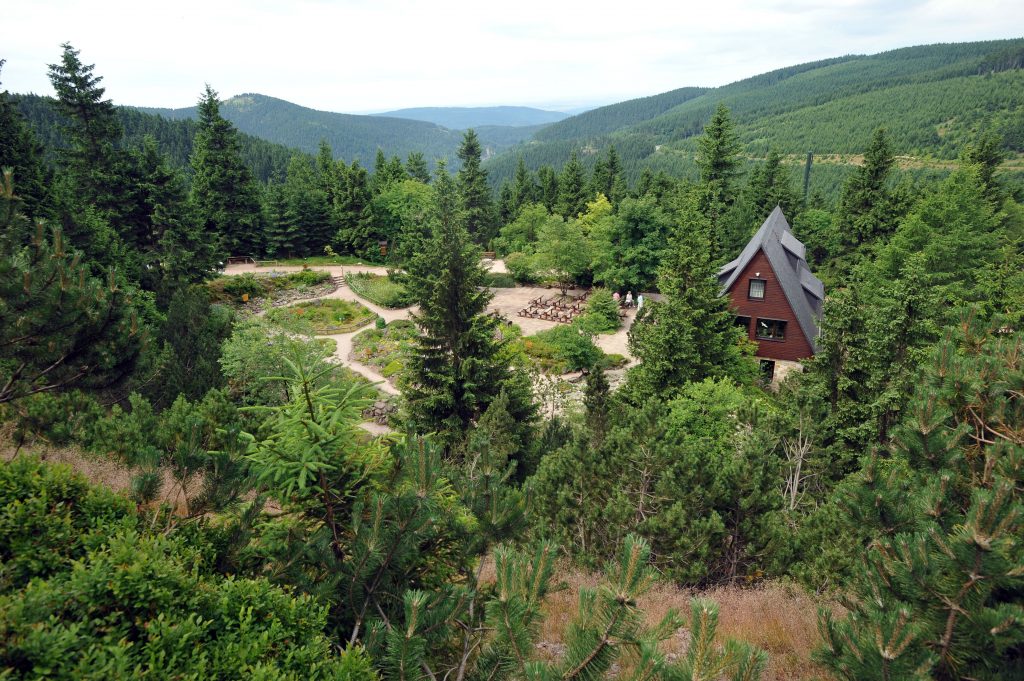
If you prefer the great outdoors, Thuringia is the place for you. With just over 2 million inhabitants, this sparsely populated state is a nature-lover’s paradise, known as “the green heart of Germany.” One-fourth of Thuringia’s land area has been set aside as nature preserves, with hundreds of miles of well-developed hiking and biking trails through deep forests, besides rushing rivers, and atop mountain ridges. The Rennsteig, Germany’s longest and most famous hilltop hiking trail, extends for 106 miles through the highlands of the Thuringian Forest. In the Hainich National Park, a UNESCO World Heritage site, a canopy walkway through the treetops gives visitors a bird’s-eye view of the ancient beech forest below, the largest deciduous forest in Germany and a UNESCO World Nature Site.
Winter sports also draw tourists to Thuringia for its excellent downhill and cross-country ski trails. Or lug your luge to Oberhof, the Thuringian winter sports center that has hosted many European and World Luge Championship races. And when your muscles are aching from all that physical activity, head to one of the many spas and health resorts in Thuringia, to unwind with a massage, bask in a mud bath, or relax in the warm mineral waters from the region’s natural springs.
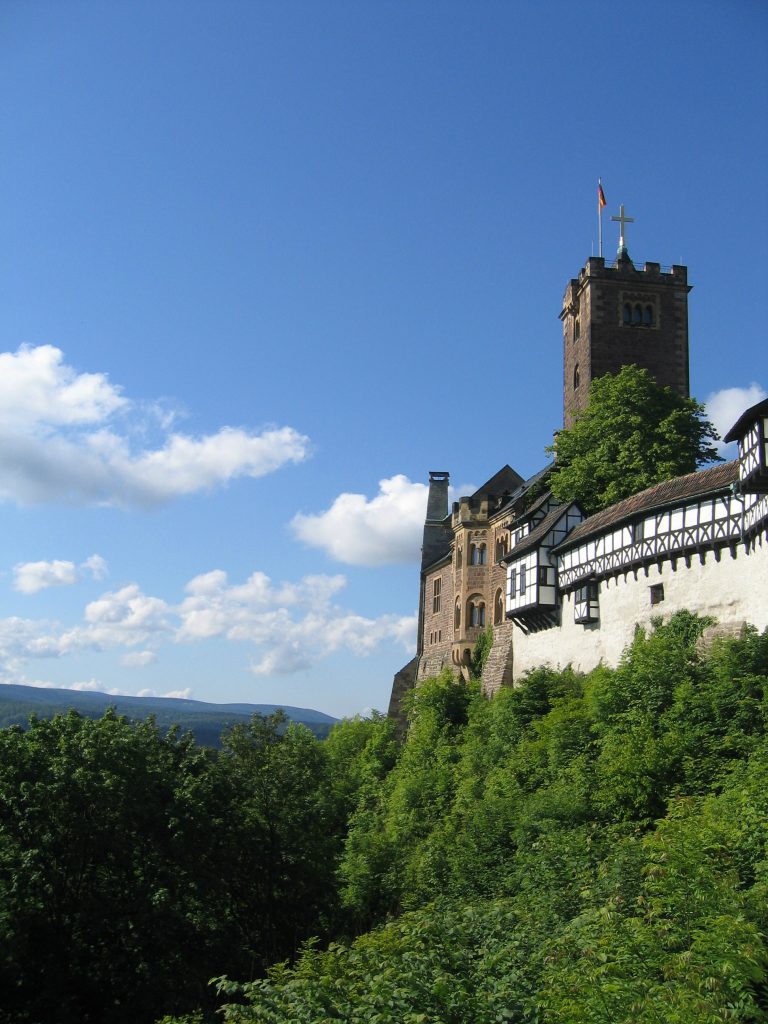
Whether viewing art in a museum, tracing German history from the Reformation to unification, or pumping a bike along a rugged trail, you’ll soon work up an appetite for some good Thuringian food. Thüringer Rostbratwurst is the best known regional specialty—a long, thin, juicy sausage made of pork ground with beef or veal, seasoned with salt, pepper, marjoram, caraway, and garlic, and cooked on a charcoal grill. Served on a bread roll and smeared with locally produced mustard, these succulent sausages are sold everywhere in Thuringia—at street stands, festivals, taverns, and restaurants. Thuringia is even home to Germany’s only Bratwurst museum, in the small town of Holzhausen, near Erfurt, where you can learn all about the history of Bratwurst since the Middle Ages and eat freshly grilled sausages on site. If you’re really into regional products, also visit the little Born Mustard Museum in Erfurt, with exhibits covering 200 years of Thuringian mustard history.
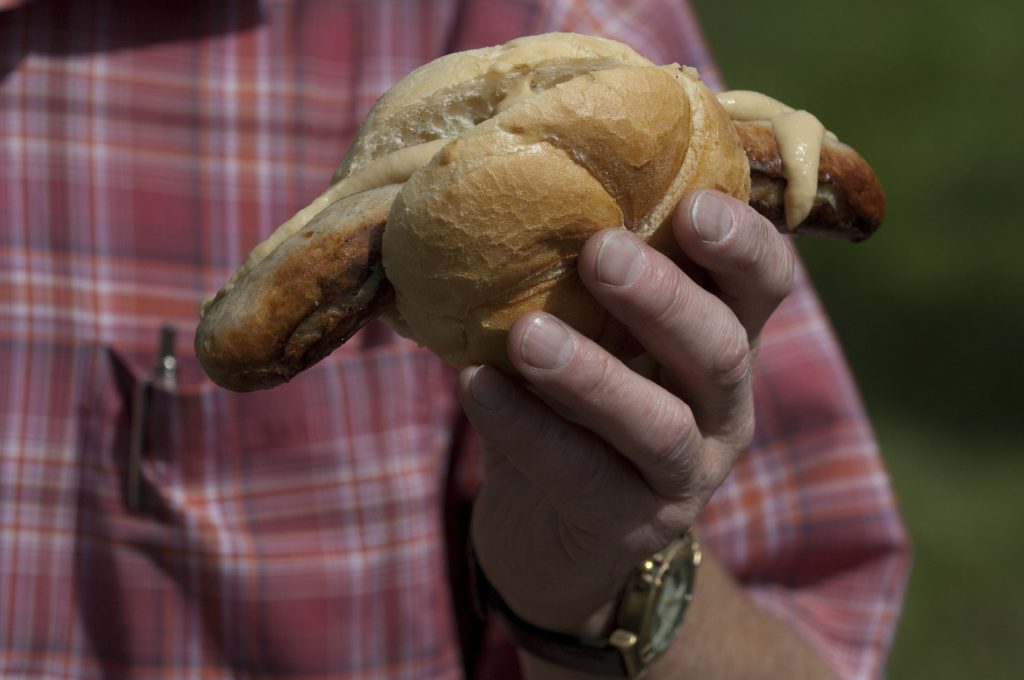
Thüringer Kartoffelklösse are another specialty of this region—big round boiled dumplings made from a mixture of grated raw potatoes and cooked mashed potatoes, with a couple of toasted bread croutons tucked into the center. You’ll find these on almost every menu, often served with Rouladen (stuffed beef rolls) and accompanied by braised red cabbage, too. And every bakery in Thuringia sells big squares of Blechkuchen, flat sheet cakes made with a pastry or yeast-dough base, then topped with a wide variety of ingredients that determine the flavor and texture of each cake—sweet or savory, creamy or crumbly, moist or dry, buttery and sugary, or fruity and tart. In Thuringia, slices of different kinds of Blechkuchen are traditionally stacked together at various angles on a pretty platter to make a “cake mountain” that’s served as a treat with mid-morning or afternoon coffee.
Finally, be sure to quaff a big mug of Thuringia’s Köstritzer Schwartzbier, the tasty dark beer brewed in the town of Bad Köstritz. And if you prefer the harder stuff, knock back a shot of Nordhäuser Doppelkorn, potent clear liquor that’s been distilled from grain in the Thuringian town of Nordhausen since the 1500s.
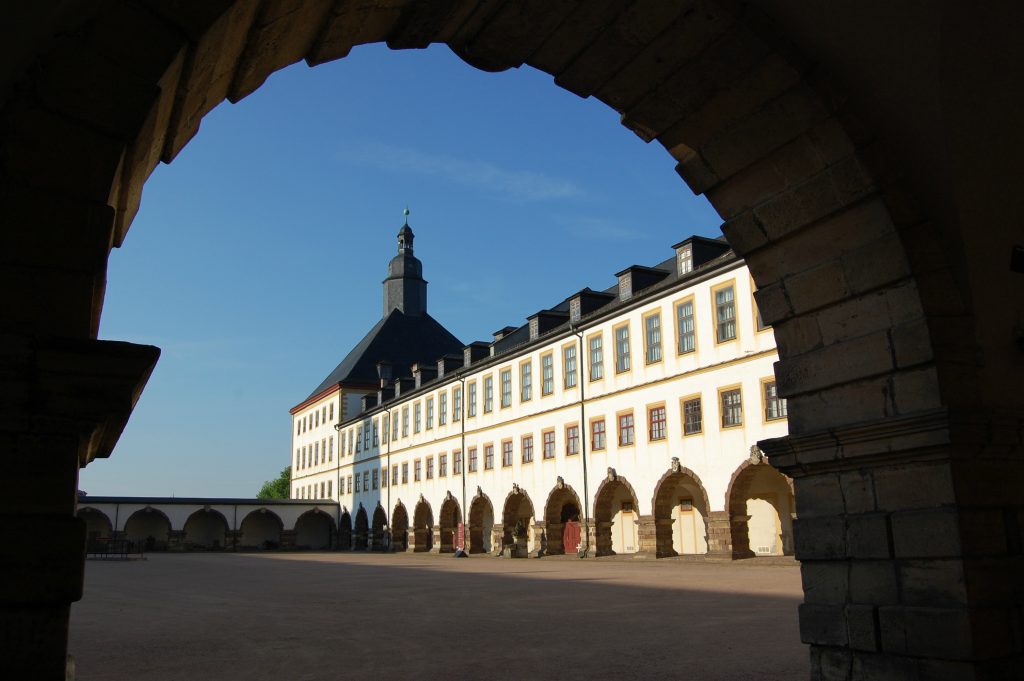
As the Germans say, Gute Reise (have a good trip)—and Guten Appetit (enjoy your meal)!
ERFURT
Where to Stay:
Hotel Zumnorde – located in the heart of Erfurt’s Old Town, this 4-star hotel was constructed within a group of 19th-century buildings on Anger Square. The classically decorated rooms feature quality wooden furniture and textiles, and there is a nice selection of art on the walls. A highlight is the roof garden, where you can enjoy a glass of wine in quiet seclusion away from the hustle and bustle of the city. The same sense of elegant seclusion is found in the wood-paneled restaurant and wine bar and there is also a cozy beer garden outside. Weitergasse 26, +49 361 56800; www.hotel-zumnorde.de/en/hotel/philosophy.html
Where to Eat:
Köstritzer “Zum güldenen Rade” – a very popular, moderately priced restaurant in a historic patrician house dating from 1551. Its specialty is Thüringer Klösse (Thuringian-style potato dumplings), which they even served to the Pope when he dined there in 2011. The menu also offers a number of other well-prepared Thuringian specialties, excellent Köstritzer dark beer on tap, and a good selection of reasonably priced wines. Highly recommended. Marktstraße 50, +49 361 5613506; www.zum-gueldenen-rade.de.
WEIMAR
Where to Stay:
Grand Hotel Russischer Hof (now a Best Western Premier Hotel) – the palatial hotel’s many notable guests have included Tsar Alexander I, Ivan Turgenev, Goethe, Liszt, and Richard Wagner, as well as contemporary artists, film and stage stars, musicians, and politicians. The luxurious atmosphere and 19th century décor are just the tip of the iceberg. Goethepl. 2,
+49 3643 7740; www,russischerhof-weimar.de
Where to Eat:
Residenz-Café – with an extensive menu that runs the gamut from local specialites to pastas and curries, this restaurant is quite the popular spot. Serving breakfast starting at 8 am it’s open every day of the week and features alfresco dining on the terrace, too. The endless dessert menu with apfelstrudel, house-made Tiramisu and milk shakes will have you thinking twice about passing. Grüner Markt 4, +49 3643 59408; www.residenz-cafe.de

